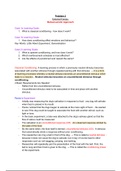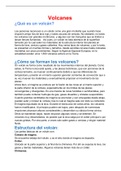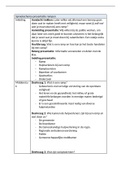Notas de lectura
Block 1.2 - Problem 2:
- Grado
- Institución
- Book
Discussed: Classical conditioning, Pavlov's experiment, Classification of conditioning, Effects of Classical conditioning, Conditioning and fear, Little Albert Experiment, Types of Reinforcement and punishment, Definitions and explanations to vocab words, Notes on articles, and more!
[Mostrar más]






